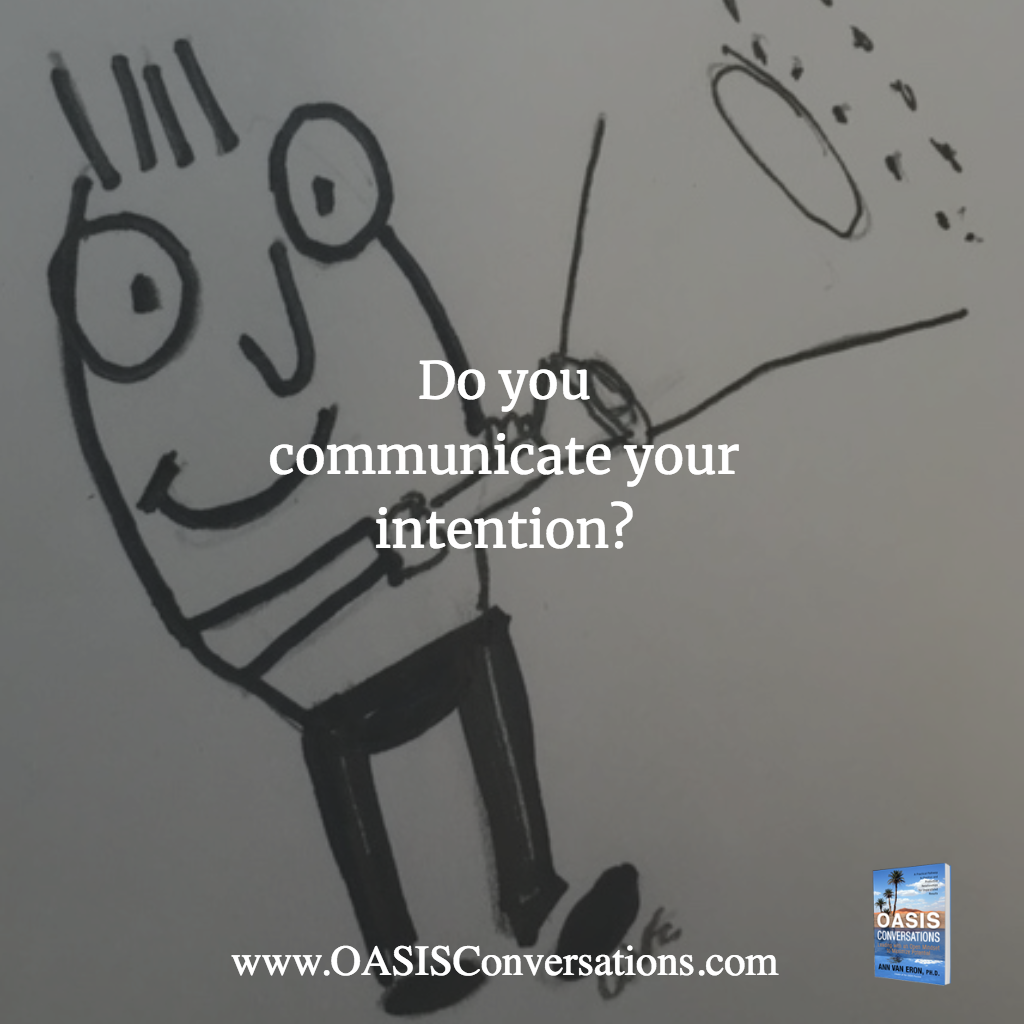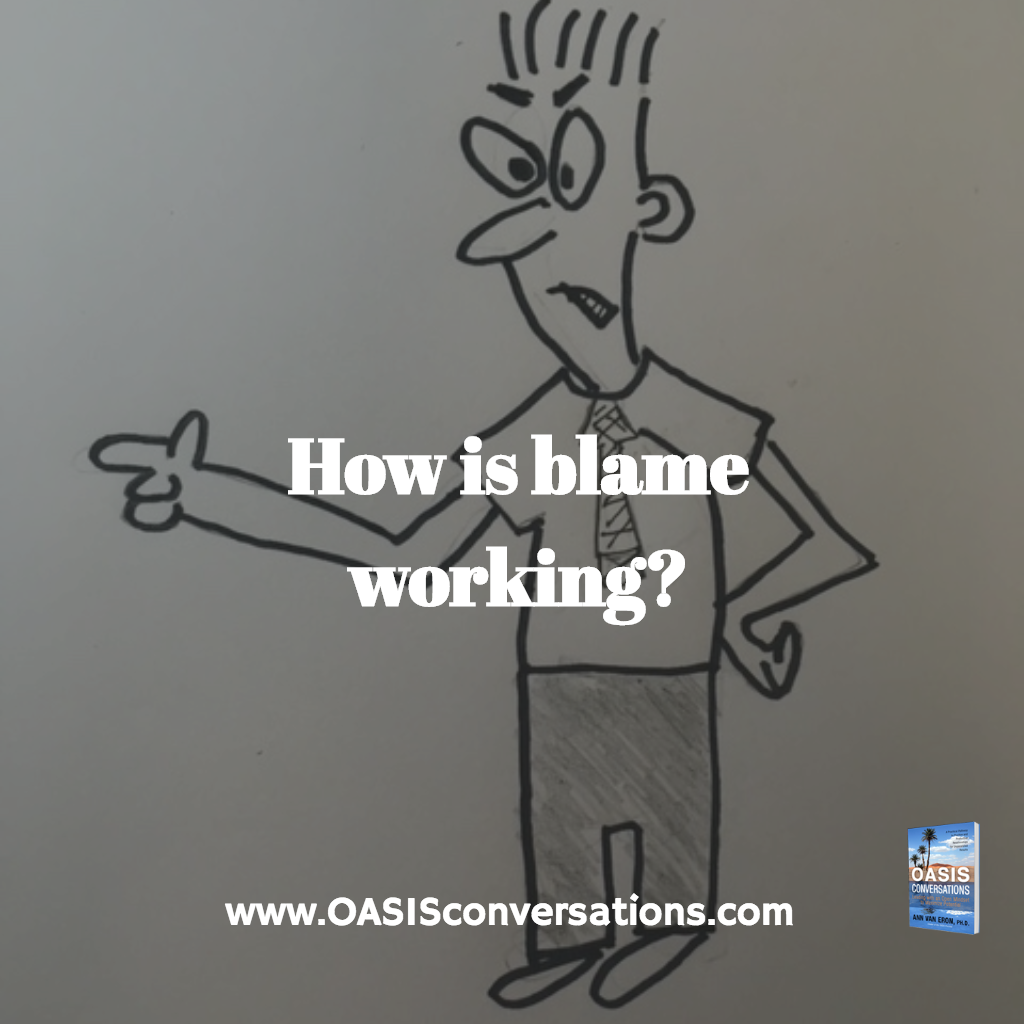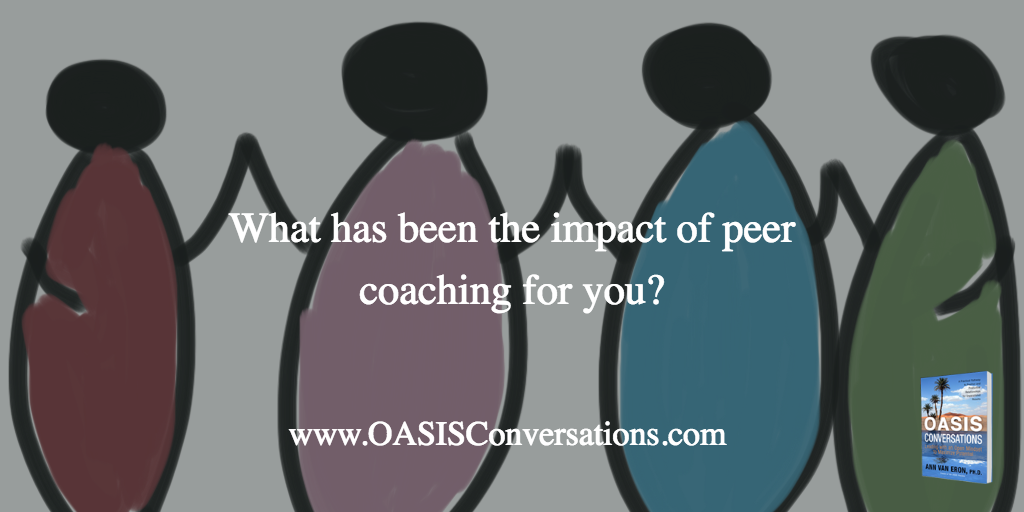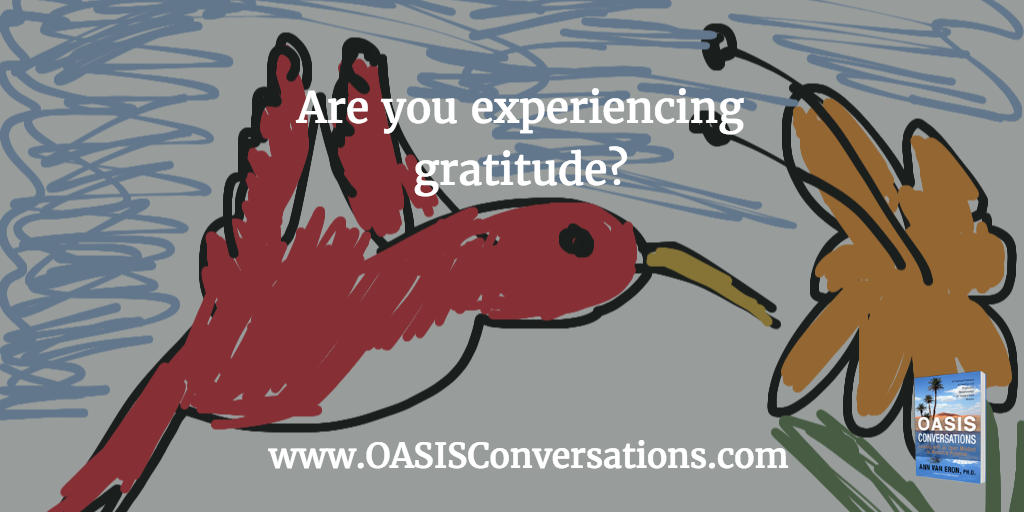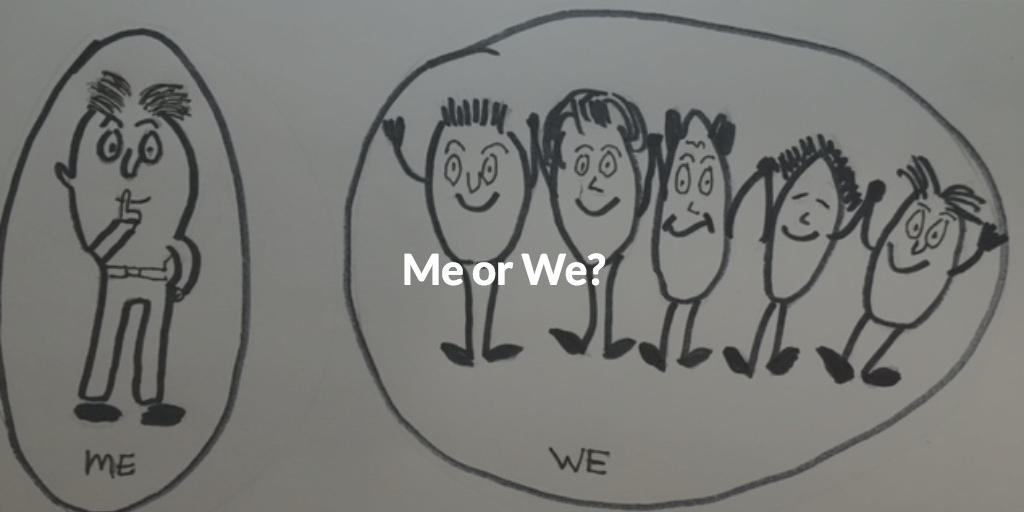
“Challenges are what makes life interesting and overcoming them is what makes life meaningful.” — Joshua J. Marine
Most leaders and organizations are experiencing disruption these days. The external environment is rapidly changing with increased competition and the need to be flexible and to make significant changes for success. Amidst the volatility, leaders and staff are experiencing stress. There is a great need to have meaningful conversations across functions and business lines to create agreements on strategies and collective action. While most recognize this need, often leaders and staff fail to engage in real conversations. Too often leaders continue to be locked in conflict with colleagues rather than together focusing on the external challenges.
Leaders will benefit from noticing their language and saying “we” more than “I”. It is useful to draw attention to the bigger collective goals. I often draw a simple diagram to demonstrate the need to expand “we” to include others in our organization. When leaders expand the “we” to include their peers and other groups, staff are free to make changes, less energy is expended on internal disagreements and trust can be enhanced.
I have seen the damage of many power struggles. I have also experienced the power of leaders joining together to face an external challenge. One company had lost market share to new competitors. However, when the heads of the businesses and other leaders stopped fighting each other, they were able to work together and gained significant market share. With a shared vision and commitment to work together, the leaders reported that it was one of their greatest experiences. It can be a fun game working together. Often it requires someone stopping the internal competition and choosing to work together for the benefit of the organization. It often takes someone making the first move.
Where is your focus as a leader? Are you willing to join with your peers in addressing external competition? Are you having open-minded conversations? It will serve you and others in the organization to draw a bigger boundary. It takes courage and can make a difference.
Contact us anytime.

